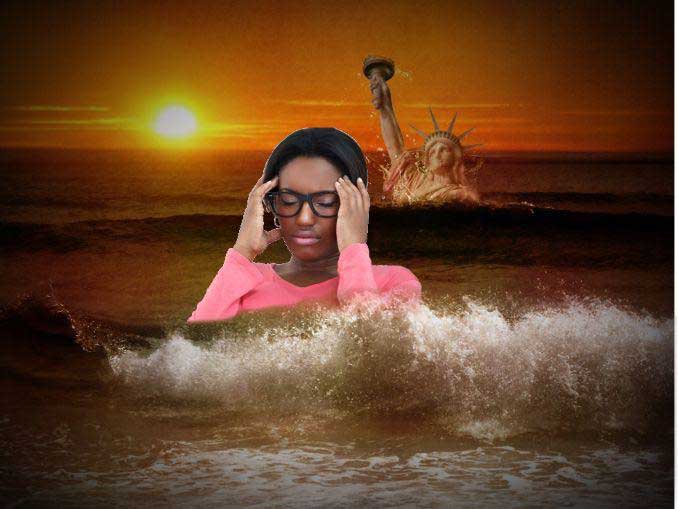Generations Scientists say we see the adverse effects of climate change everywhere — in weather patterns, throughout plant and animal habitats, across farmland, on the polar caps, and in the oceans. Numerous studies have concluded dire consequences for the planet unless the right solutions are implemented. And now comes a report painting a particularly bleak picture: one million of the planet’s eight million species are threatened with extinction by humans.
Climate change, shrinking habitat, and pollution were blamed in the report by the Intergovernmental Science-Policy Platform on Biodiversity and Ecosystem Services, a United Nations committee, as the main reasons for species loss. What are the solutions? Is climate change as dangerous and imminent a threat as scientists say?
Dr. Paul Zeitz, an epidemiologist and the senior policy advisor with the Healthy Climate Alliance (www.drpaulzeitz.org), says there’s no time to waste, and that “climate restoration” legislation would mark the beginning of the solutions.
“Our failing planetary health requires bold political action to ensure our planet is habitable for future generations,” says Zeitz, author of Waging Justice: A Doctor’s Journey To Speak Truth And Be Bold. “Legislation is being developed to promote the removal of excess carbon dioxide from the atmosphere, and to prevent catastrophic methane release from the melting of the Arctic.
“Multiple methods are currently available to achieve these actions and restore a safe and healthy climate for ourselves and future generations. We must call for the passage of comprehensive legislation at the federal, state and local levels to rapidly accelerate climate restoration.”
Zeitz explains three methods that could assist in climate restoration:
- Carbon sequestration for a commercial market. Massive amounts of rock, sourced from quarries, are used annually for infrastructure construction. If the rock was sourced from carbon dioxide instead, Zeitz says, that action would sequester large amounts of carbon dioxide away from the atmosphere. “Companies, such as Blue Planet Ltd, are developing commercially viable ways to remove excess carbon dioxide from the atmosphere by turning it into limestone aggregate for concrete,” Zeitz says. “This method can scale to remove a trillion tons of carbon dioxide from the atmosphere within 30 to 40 years.”
- Fishery restoration. “This combines poverty reduction and community empowerment with carbon sequestration,” Zeitz says. “There are massive stretches of ocean that are nutrient-limited due to climate change. If we supplement nutrients, then we promote photosynthesis and build up fisheries. That, in turn, allows for carbon sequestration in the deep ocean. A pilot project in Madagascar commences this summer that involves nutrient supplementation as a foundation for fisheries restoration.”
- Restoring Arctic ice. Researchers at Ice911 Research have spent 10 yearscreating, testing and refining floating glass spheres that act as a reflective layer on the Arctic ice. “These spheres get spread across the ice in the spring and act as fresh snow — a highly reflective surface — during the 24 hours of daylight experienced in the summertime,” Zeitz says. “This allows the ice to remain through the summer, which, in turn, enables the ice to thicken and become more durable over time.”
“If we take bold action in the next several years to implement the range of solutions described, we will be able to reduce the most devastating impacts of the climate crisis,” Zeitz says. “And we can do our best to ensure that our children and future generations can survive and thrive.”
Dr. Paul Zeitz (www.drpaulzeitz.org) is a physician, epidemiologist, and an award-winning advocate for global justice and human rights. He is serving as the senior policy advisor with the Healthy Climate Alliance, which focuses on climate restoration, and is the author of Waging Justice: A Doctor’s Journey To Speak Truth And Be Bold.Dr. Zeitz worked at the U.S. Department of State from 2014-17 as the Director of the Data Revolution for Sustainable Development. He also led the Global AIDS Alliance. Dr. Zeitz received his doctorate in osteopathic medicine from the Philadelphia College of Osteopathic Medicine and his MPH in public health and preventive medicine residency at Johns Hopkins University Bloomberg School of Public Health.



